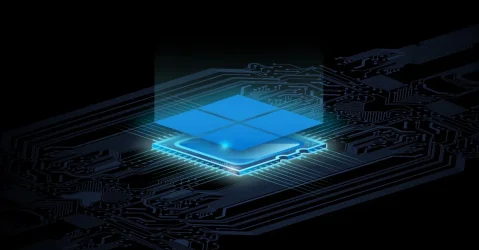- Local time
- 7:48 AM
- Posts
- 380
- OS
- Windows 11
Recently, on my laptop I noticed that Windows 11 Core Isolation (and Memory Integrity) were not an option under Device Security. I had thought I saw them before so I looked online. I read that in order for the feature to be active I needed Virtualization enabled. I enabled it in BIOS and, indeed, the options returned and showed active. Why do you need virtualization enabled for this feature if not running VM? Also, I had (2) options...one for Intel Virtualization Technology and one for Virtualization Technology for Directed I/O. Which ones should I have enabled...I assume the Intel VT for Windows Security...but I don't use VM...do I need the I/O setting enabled? Thanks.
My Computers
System One System Two
-
- OS
- Windows 11
- Computer type
- PC/Desktop
- Manufacturer/Model
- Custom
- CPU
- Intel i7-7700K
- Motherboard
- Asus Prime Z-270A
- Memory
- 32GB 2666Mhz (Kingston Hyper X Fury)
- Graphics Card(s)
- Asus Nvidia 1050Ti
- Sound Card
- N/A
- Monitor(s) Displays
- Samsung C27F390
- Screen Resolution
- 1920 x 1080
- Hard Drives
- 1TB Western Digital SN770 (System) and 2TB Western Digital SN770 (Storage)
- Antivirus
- Windows Security
-
- Operating System
- Windows 11 Home
- Computer type
- Laptop
- Manufacturer/Model
- Dell/XPS 15 9510
- CPU
- i9-11900H
- Motherboard
- Unknown
- Memory
- 32GB
- Graphics card(s)
- Integrated Intel and Nvidia 3050Ti
- Sound Card
- Integrated (Realtek)
- Monitor(s) Displays
- None
- Screen Resolution
- 1920 x 1200 (non-Touch)
- Hard Drives
- 2TB SK Hynix P41 Platinum
- Antivirus
- Windows Security









